Celebration of Scholars
#36: Effect of Lateral Septum Ghrelin Signaling on Anxiety-Like Behavior in Sprague Dawley Rats
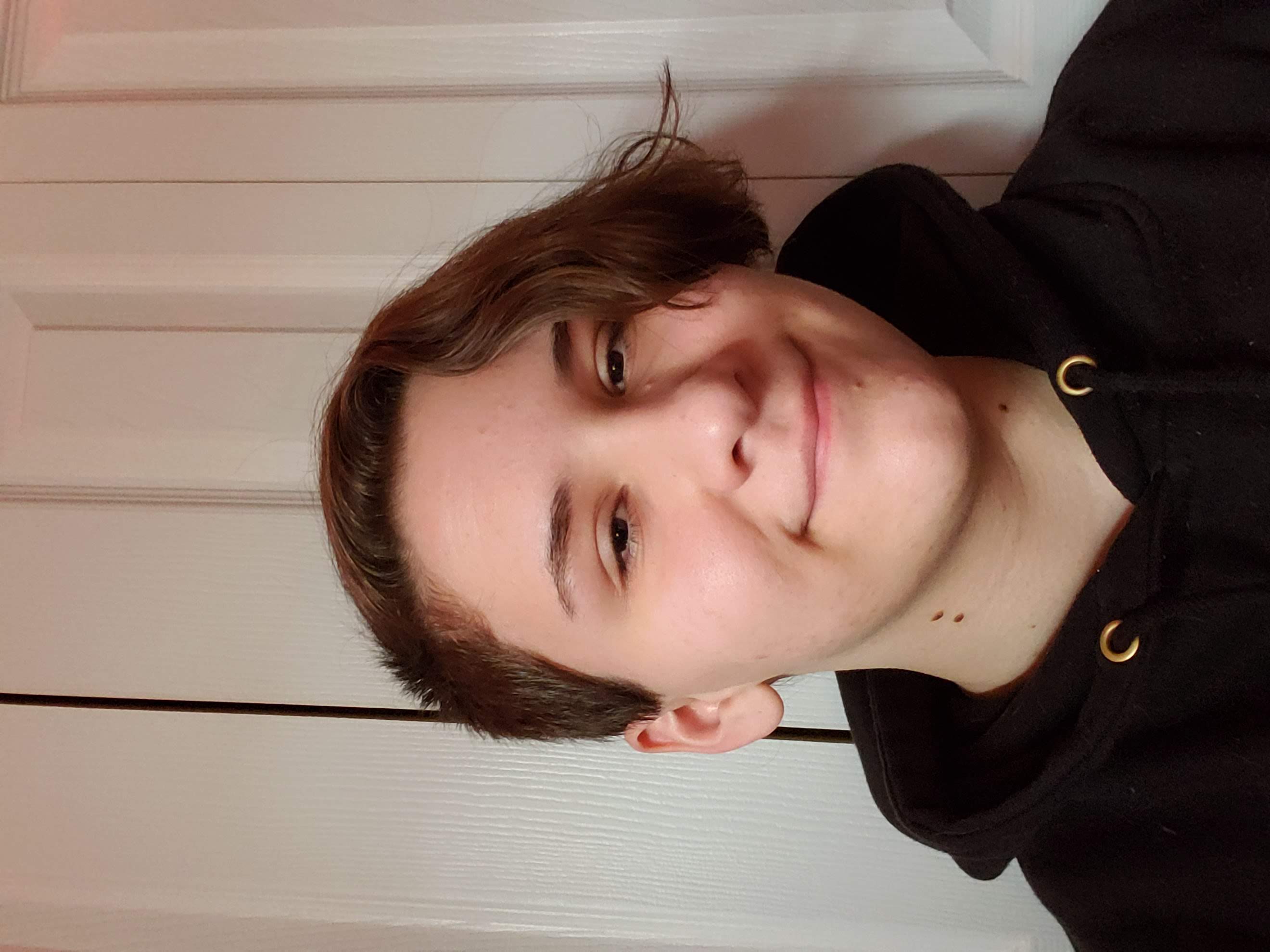 Name:
Gabrielle Pavesich
Name:
Gabrielle Pavesich
Major: Neuroscience and Psychology
Hometown: Chicago, IL
Faculty Sponsor: Sarah Terrill
Other Sponsors:
Type of research: Course project
 Name:
Anna Barbee
Name:
Anna Barbee
Major: Neuroscience and Psychology
Hometown: Lombard, IL
Faculty Sponsor: Sarah Terrill
Other Sponsors:
Type of research: Course project

Major: Neuroscience
Hometown: Antioch, IL
Faculty Sponsor: Sarah Terrill
Other Sponsors:
Type of research: Course project
 Name:
Riley Lafave
Name:
Riley Lafave
Major: Neuroscience
Hometown: Racine, WI
Faculty Sponsor: Sarah Terrill
Other Sponsors:
Type of research: Course project
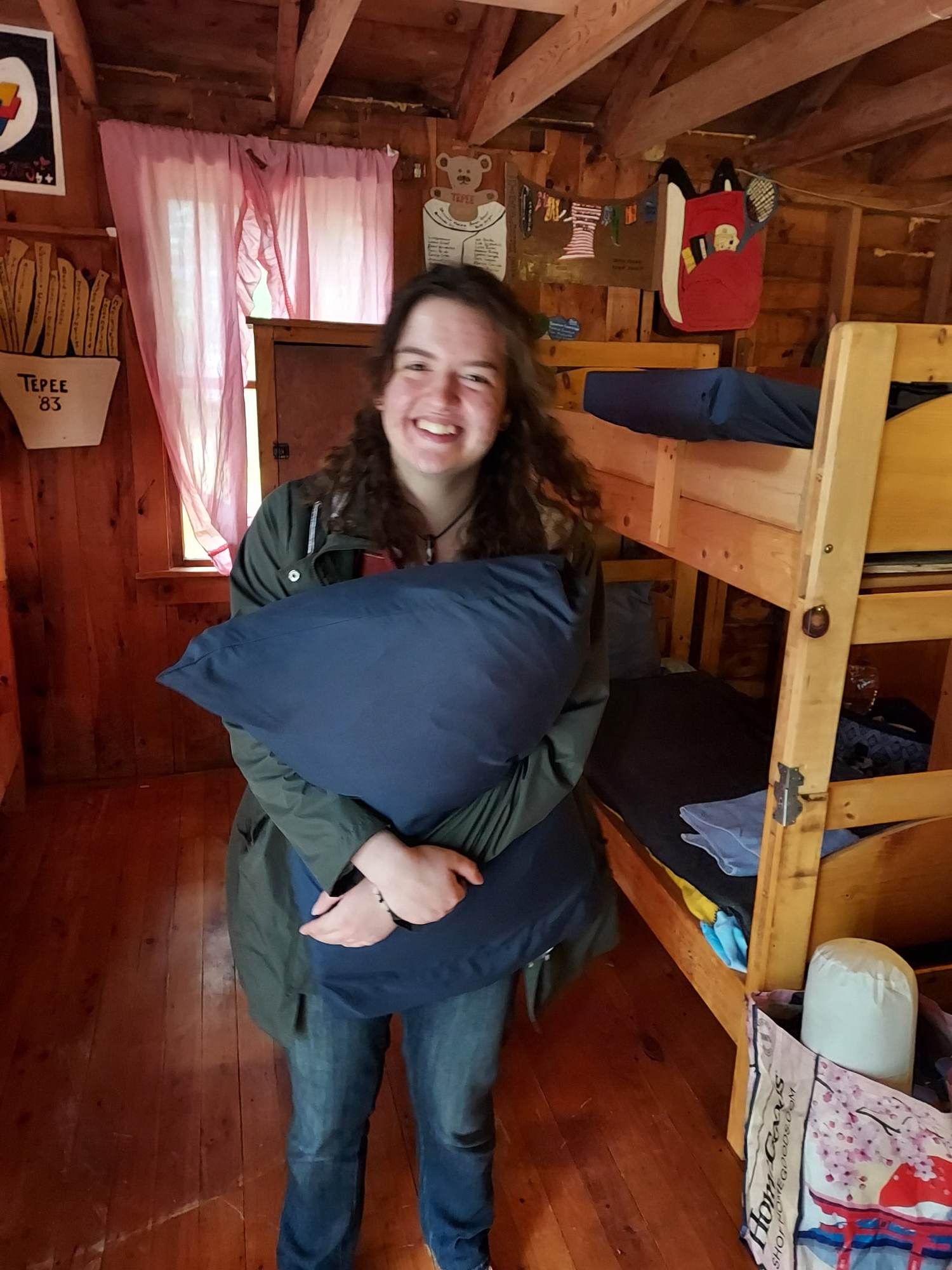 Name:
Kaleigh Leach
Name:
Kaleigh Leach
Major: Neuroscience
Hometown: Lake Geneva, WI
Faculty Sponsor: Sarah Terrill
Other Sponsors:
Type of research: Course project
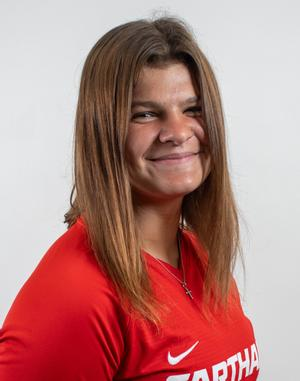 Name:
Katie Lucarz
Name:
Katie Lucarz
Major: Neuroscience
Hometown: Aurora, IL
Faculty Sponsor: Sarah Terrill
Other Sponsors:
Type of research: Course project
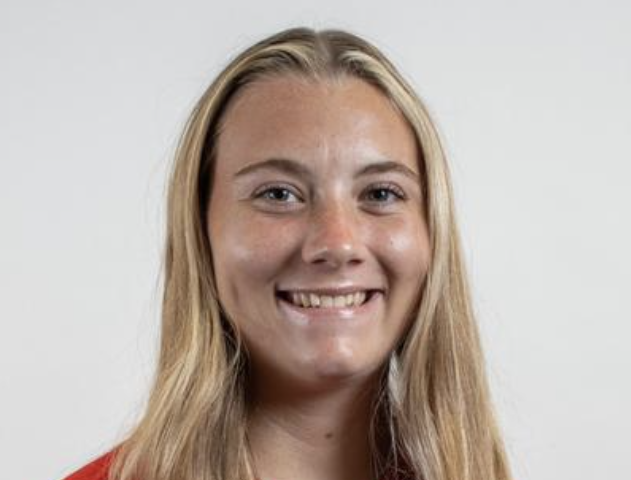 Name:
Stephanie Mitchell
Name:
Stephanie Mitchell
Major: Neuroscience and Criminal Justice
Hometown: Broomfield, IL
Faculty Sponsor: Sarah Terrill
Other Sponsors:
Type of research: Course project
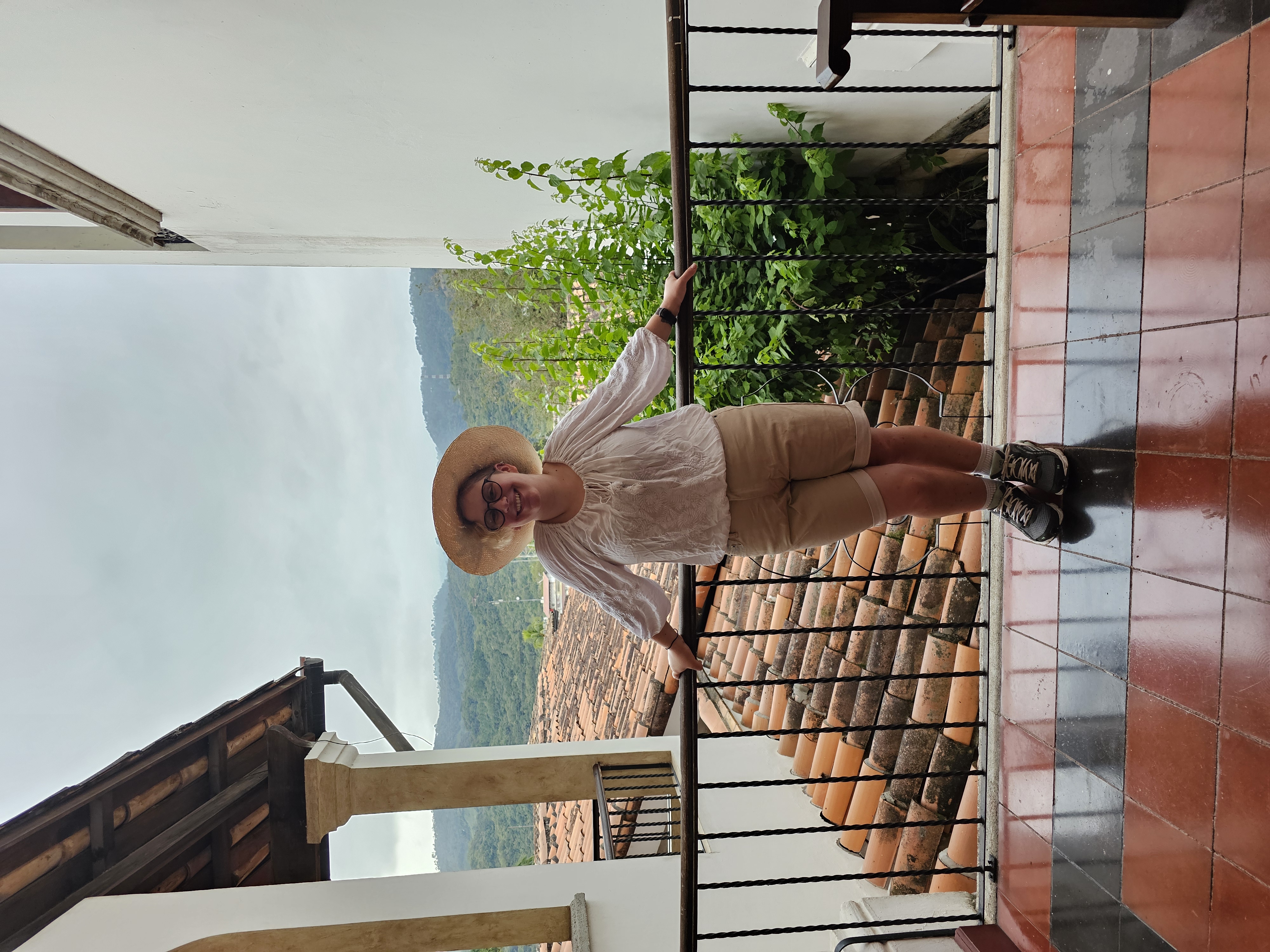 Name:
Victoria Richter
Name:
Victoria Richter
Major: Psychology and Neuroscience
Hometown: Oak Park, IL
Faculty Sponsor: Sarah Terrill
Other Sponsors:
Type of research: Course project
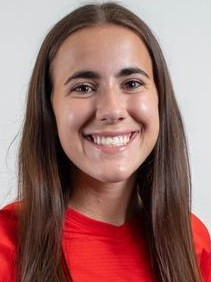 Name:
Margaret Thom
Name:
Margaret Thom
Major: Neuroscience
Hometown: Rochester, MN
Faculty Sponsor: Sarah Terrill
Other Sponsors:
Type of research: Course project
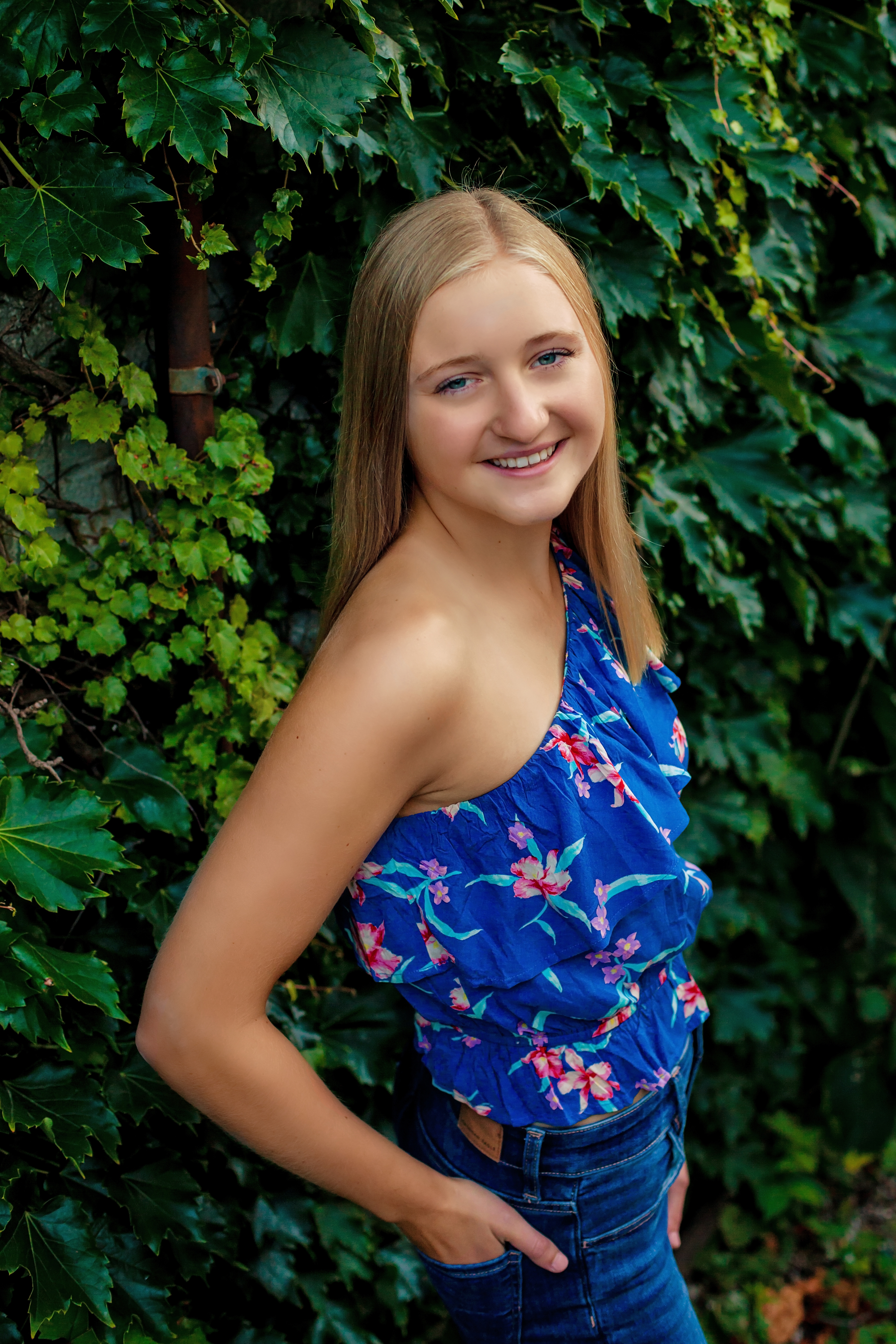
Major: Neuroscience
Hometown: Raymond, WI
Faculty Sponsor: Sarah Terrill
Other Sponsors:
Type of research: Course project
Abstract
The hormone ghrelin is recognized as a biological cue for hunger, as it signals to the brain to promote eating. The hormone is produced in the gut and can activate growth hormone secretagogue receptors (GHSRs) in multiple brain regions. One of these regions, the lateral septum (LS), plays a role in regulating reward, feeding, anxiety, fear, sociability, and memory. This ongoing study investigates the potential of ghrelin in the LS to impact the exploratory and anxiety-like behavior of Sprague Dawley rats in the elevated plus maze (EPMZ). Prior to surgery, rats were either fed or fasted before being run in an open-field test. Stereotaxic surgery was then performed on the rats, and cannulas were inserted into the LS. Following surgical recovery, rats were administered a ghrelin agonist, ghrelin antagonist, or a saline solution into the LS and were then run in an EPMZ. Previous research has shown that the injection of ghrelin has an anxiolytic effect in Sprague Dawley rats. This experiment aims to examine the effect of GHSRs stimulation in the LS on anxiety-like behavior. In the open field test, there was no significant difference in performance between the fed and fasted rats. The ongoing research will use the inserted cannulas to investigate if activation of LS GHSRs affect behavior on the EPMZ.Submit date: March 27, 2024, 6:13 p.m.
